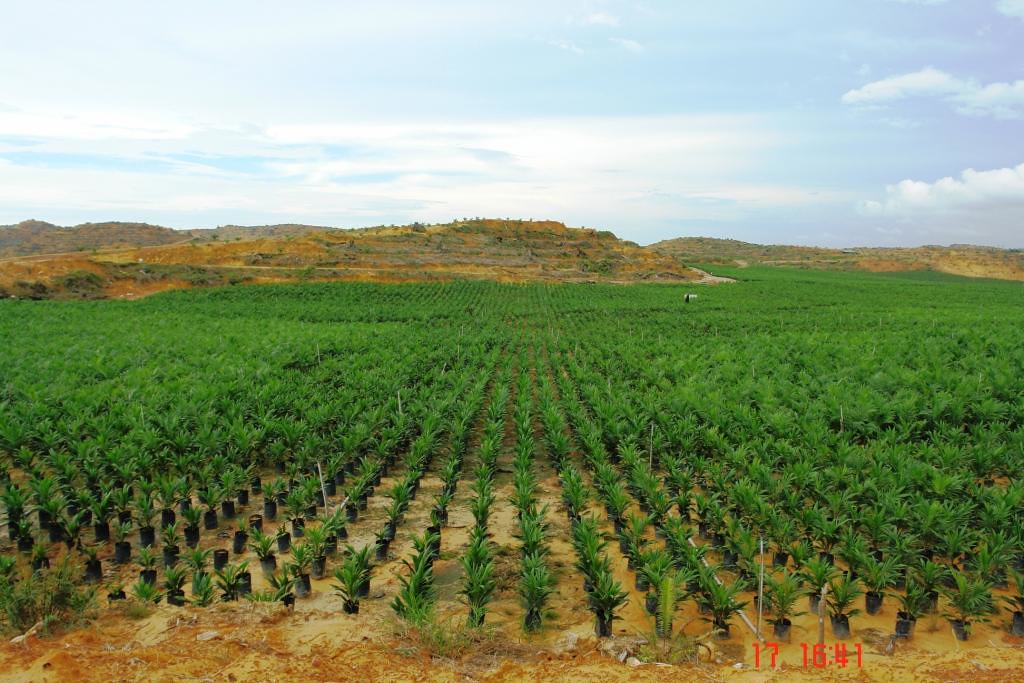

KUALA LUMPUR, July 12 – Labour shortages and production disruptions in the country’s palm oil sector must be solved first before any plans are set out to increase domestic production and exports of palm oil products, says Member of Parliament for Bangi, Dr. Ong Kian Ming.
Ong said the ongoing labour shortages in the palm oil sector was only one example of the larger failure of the present administration to have a coordinated approach to tackle the problem across all of the relevant ministries such as the Home Affairs, Human Resources and the Ministry of International Trade and Industry.
In a statement issued today, Ong, who is also DAP Spokesperson for International Trade and Industry, said the policy failure was one of the factors to have led to the prevailing domestic supply chain bottlenecks and disruptions.
This also partly explains the increase in the cost of production, the cost of the final products and recent shortages in some items, including cooking oil, he said.
“The government should not take the same approach of banning the export of palm oil related products in order to “solve” domestic shortages of cooking oil. We have seen the harm caused by the ban in the export of chickens where companies in other countries have been forced to look for alternative export sources, to the detriment of Malaysian producers. The government should instead take a more pro-active approach towards solving the labour shortage issue in the palm oil sector and other sectors as well.”
Even though Crude Palm Oil (CPO) prices have increased from just over RM2000 / ton in 2019 to a high of more than RM7000 / ton in May of this year – it has fallen since to slightly over RM4000 – domestic producers of palm oil and related products have not been able to adequately capture the benefits of this price increase.
Citing statistics from the Malaysian Palm Oil Board (MPOB), the former Minister of International Trade and Industry said production of most of the categories of palm oil products decreased in 2020 and 2021 and still have not yet reached back to 2019 production levels even as the economy has opened up in 2022.
For example, the production of CPO fell from 19.9 million tonnes in 2019 to 19.1 million tons in 2020 and fell further to 18.1 million tonnes in 2021. This represents a fall in production of 1.7 million tonnes of 8.8% from 2019 to 2022. The production of Crude Palm Kernel Oil, which is used for non-edible purposes such as the production of soap and for commercial cooking, also fell from 2.3 million tonnes in 2019 to 2.2 million tonnes in 2020 and fell further to 2.05 million tonnes in 2021. This represents a drop in production of 272 thousand tonnes or 11.7% from 2019 to 2021. Cooking oil production was also reported to have fallen from 574,488 tonnes in 2019 to 406,777 tonnes in 2021, a fall of 29.2%, as seen in the following Table:
Table 1: Produce of Palm Oil and related products (2019 to 2021) (All figures in tonnes)
| Item | 2019 | 2020 | 2021 | 2019 to 2021 |
| Crude Palm Oil (CPO) | 19,858,367 | 19,140,613 | 18,116,354 | – 1,742,013 |
| % Change | -3.61% | -5.35% | -8.8% | |
| Palm Kernel | 4,891,951 | 4,703,981 | 4,417,719 | – 474,232 |
| % Change | -3.84% | -6.09% | -9.7% | |
| Crude Palm Kernel Oil | 2,322,184 | 2,203,313 | 2,049,435 | – 272,749 |
| % Change | -5.12% | -6.98% | -11.7% | |
| Palm Kernel Cake | 2,586,586 | 2,479,752 | 2,300,402 | – 286,184 |
| % Change | -4.13% | -7.23% | -11.1% | |
| Cooking Oil | 574,488 | 414,546 | 406,777 | – 167,711 |
| % Change | -27.84% | -1.87% | -29.2% |
Source: Malaysian Palm Oil Board (MPOB)
Even though the domestic and global economy have started opening up in 2022, production in the palm oil sector has not managed to get back to pre-pandemic levels. According to MPOB figures, production of CPO from Jan to May 2022 is only at 6.8 million tonnes, 18.7% less than for the same time period in 2019, which stood at 8.3 million tonnes. In fact, CPO production from Jan to May 2022 is less than for the same time period in 2020! Crude Palm Kernel Oil production from Jan to May 2022 is 23.6% lower than the same time period in 2019. (See Table 2 below)
Ong said the labour shortage in the palm oil sector, which the Malaysian Estate Owners Association (MEOA) estimates at approximately 120,000, looks unlikely to be resolved this year especially with continue uncertainties at the government-to-government level between Malaysia and Indonesia with regard to policies which are supposed to be in place to protect foreign labour in Malaysia especially in the plantation sector.
Table 2: Produce of Palm Oil and related products (Jan to May 2019 to Jan to May 2022) (All figures in tonnes)
| Item | 2019 | 2020 | 2021 | 2022 | 2019 to 2022 |
| Crude Palm Oil (CPO) | 8,274,872 | 7,165,637 | 6,757,822 | 6,725,274 | -1,549,598 |
| % Change | -13.40% | -5.69% | -0.48% | -18.7% | |
| Palm Kernel | 2,101,710 | 1,784,715 | 1,675,908 | 1,673,419 | -428,291 |
| % Change | -15.08% | -6.10% | -0.15% | -20.4% | |
| Crude Palm Kernel Oil | 1,003,361 | 818,405 | 762,347 | 767,011 | -236,350 |
| % Change | -18.43% | -6.85% | 0.61% | -23.6% | |
| Palm Kernel Cake | 1,128,555 | 920,109 | 857,807 | 868,642 | -259,913 |
| % Change | -18.47% | -6.77% | 1.26% | -23.0% | |
| Cooking Oil | 223,309 | 186,875 | 150,731 | 192,944 | -30,365 |
| % Change | -16.32% | -19.34% | 28.01% | -13.6% |
Source: MPOB
–WE